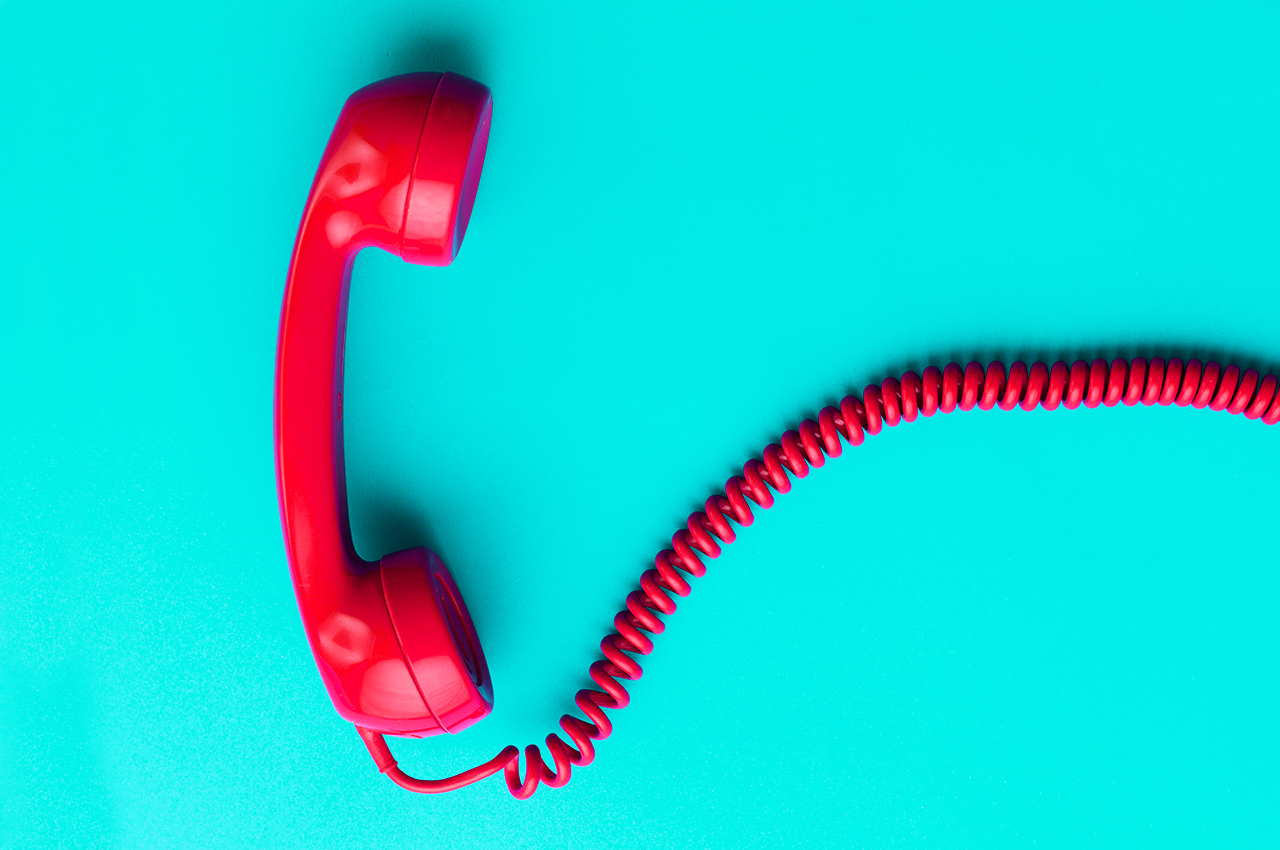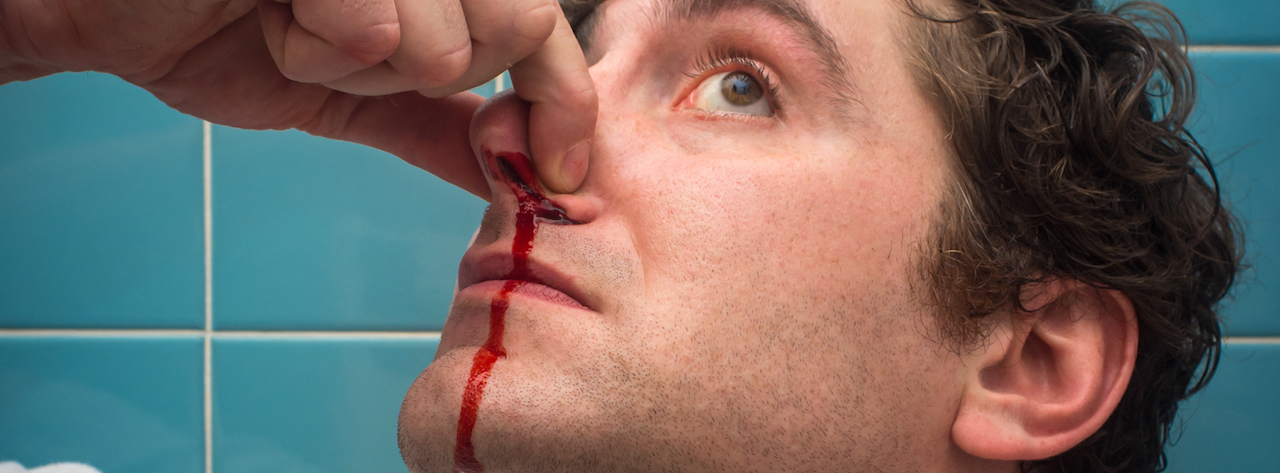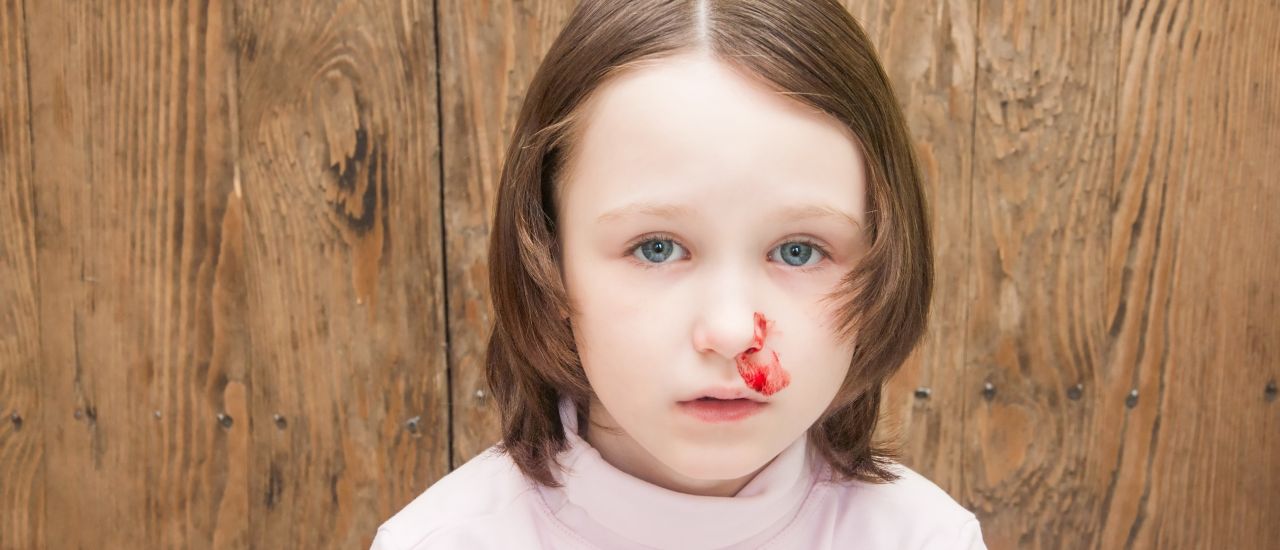Having blood drip from your nose can be terrifying! Epistaxis, commonly known as a nosebleed, is when blood flows from one or both nostrils. The flow can be heavy or light and last anywhere from a few seconds to 15 minutes or more.
Nosebleeds aren’t usually a sign of anything serious and can often be treated at home. There are some times though when you may need to see your doctor.
According to information from the University of California, roughly 60% of people have a nosebleed at some point, and it’s more common amongst children.
Nosebleeds are categorised based on where they originate; either anterior (originating from the front of the nose) or posterior (from the back of the nose).
Anterior nosebleeds are the most common and usually easy to control. The bleeding comes from a blood vessel on the nasal septum, which is where a network of blood vessels all join together.
Posterior nosebleeds are less common. They tend to happen more often in elderly people. The bleeding starts from an artery in the back part of the nose. These nosebleeds are complicated and usually need an otolaryngologist (an ear, nose, and throat specialist).
Most nosebleeds don’t have an easily identifiable cause. Trauma to the nose is a very common cause of nosebleeds, as is a blow to the face, or trauma to the inside of the nose from nose picking. Other causes include:
- Nasal and sinus infections.
- An object stuck in the nose.
- Forceful nose blowing.
- Nasal surgery.
- Deviated or perforated nasal septum.
- Changes in humidity or temperature which make the inside of the nose dry and cracked.
- Cocaine use.
In unusual cases, an underlying disease or certain medications may cause a nosebleed or even make it more difficult to control.
Stop a nosebleed
- Stay calm.
- Sit up straight and lean slightly forward.
- Lean your head forward (don’t tilt your head back, you may swallow the blood).
- Pinch your nostrils together and apply direct pressure with the thumb and index finger for 10 minutes.
- Spit out any blood in the mouth. Swallowing blood may cause vomiting.
Once the bleeding has stopped, try to prevent any further irritation to the nose, (like sneezing, nose blowing, or straining) for 24 hours.
Dry air, like a heated home, can contribute to the problem. Add moisture to the air with a humidifier or vaporiser.
You can also place a pot filled with water near a heat source, like a heater or radiator, to allow the water to evaporate and add moisture to the air.
Nasal saline sprays or other lubricating ointments or gels are always useful for tissue healing and keeping the nasal passages moist.
Go to the hospital if:
- You’re still bleeding after pinching the nose for 10 to 20 minutes.
- You have repeated episodes of nosebleeds over a short time, or lose a large amount of blood.
- You feel dizzy or lightheaded.
- You have a rapid heartbeat or trouble breathing.
- You’re vomiting blood.
- You have a rash or temperature.
References:
- https://www.webmd.com/first-aid/call-doctor-nosebleeds
- https://www.emedicinehealth.com/nosebleeds/article_em.htm#what_is_a_nosebleed
- https://www.nhsinform.scot/illnesses-and-conditions/ears-nose-and-throat/nosebleed http://newsroom.ucla.edu/in-the-news/ucla-in-the-news-march-8-2019
- https://www.uclahealth.org/mattel/workfiles/Infographics/HT-Jan17-Nosebleeds-Infographic.pdf
- https://www.stanfordchildrens.org/en/topic/default?id=nosebleeds-90-P02055



